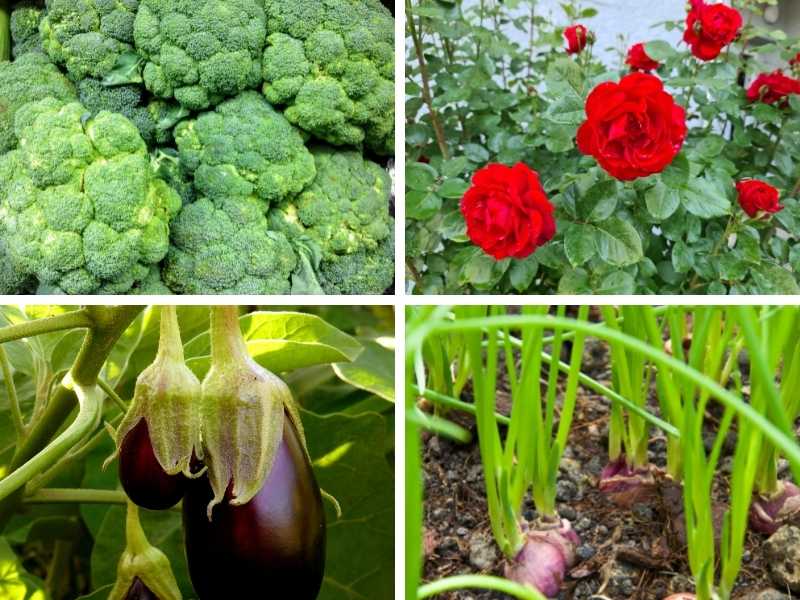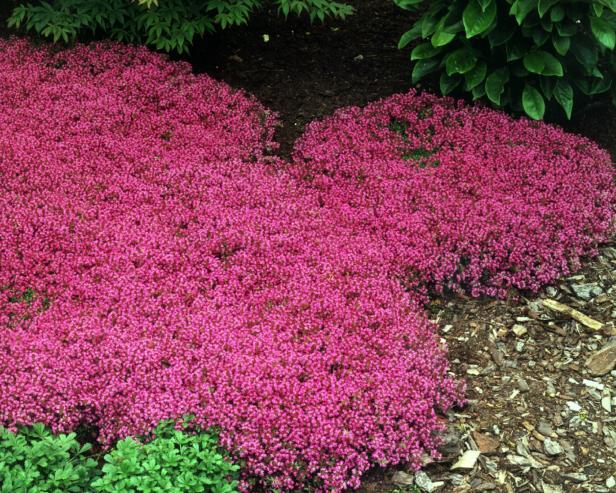Creeping Thyme Companion Plants That Will
Creeping Thyme Companion Plants That Will Enhance Your Garden
Creeping thyme is a low-growing, hardy herb that is perfect for adding a touch of fragrance and flavor to your garden. It is also a versatile plant that can be used in a variety of ways, including as a groundcover, border plant, or herb garden addition.
One of the best things about creeping thyme is that it is easy to grow and care for. It prefers full sun and well-drained soil, and it is drought-tolerant once established. Creeping thyme is also relatively pest- and disease-resistant.
If you are looking to add creeping thyme to your garden, you may be wondering what companion plants would work well with it. Here are a few of the best creeping thyme companion plants:
- Strawberries: Thyme can help to repel pests that target strawberries, such as slugs and snails. It can also help to improve the flavor of strawberries.

- Cabbage family crops: Thyme can help to repel pests that target cabbage family crops, such as cabbageworms, cabbage loopers, and cabbage moths. It can also help to improve the growth of these crops.

- Tomatoes: Thyme can help to repel pests that target tomatoes, such as tomato hornworms and whiteflies. It can also help to improve the flavor of tomatoes.

- Eggplants: Thyme can help to repel pests that target eggplants, such as moth larvae. It can also help to improve the flavor of eggplants.

- Potatoes: Thyme can help to repel pests that target potatoes, such as potato beetles. It can also help to improve the growth of potatoes.

- Blueberries: Thyme can help to attract pollinators to blueberries, which can help to improve the yield of blueberries.

- Shallots: Thyme can help to repel pests that target shallots, such as aphids and onion flies. It can also help to improve the flavor of shallots.

- Roses: Thyme can help to repel pests that target roses, such as aphids and spider mites. It can also help to improve the growth of roses.

In addition to these plants, creeping thyme can also be planted with other herbs, such as rosemary, oregano, and lavender. These herbs will benefit from each other's presence, as they will all help to repel pests and attract pollinators.
If you are looking to add creeping thyme to your garden, be sure to choose companion plants that will complement each other's needs. By doing so, you can create a thriving garden that is both beautiful and productive.
Creeping thyme is a versatile herb that can be used in a variety of dishes, but it's also a great companion plant for other vegetables and herbs in the garden. Some of the best companion plants for creeping thyme include:
- Strawberries: Thyme helps to repel pests like worms and slugs, which can be a problem for strawberries.
- Cabbage family crops: Thyme can help to repel pests like cabbage worms and cabbage moths, which can be a problem for cabbage, broccoli, and other brassica vegetables.
- Tomatoes: Thyme helps to repel tomato hornworms, which can be a major pest for tomatoes. It also helps to improve the flavor of tomatoes.
- Eggplants: Thyme helps to repel eggplant moths, which can be a problem for eggplants.
- Potatoes: Thyme helps to repel potato beetles, which can be a problem for potatoes.
If you're looking for more information about creeping thyme companion plants, I recommend visiting Garden Wiki. This website has a comprehensive guide to companion planting, including information on the best companion plants for creeping thyme.
FAQ of creeping thyme companion plants
- What are some good companion plants for creeping thyme?
Creeping thyme is a low-growing, spreading herb that is tolerant of a variety of soil conditions and sun exposures. It is also a relatively slow grower, so it is not likely to crowd out other plants in your garden. Some good companion plants for creeping thyme include:
* Roses: Creeping thyme helps to deter pests and diseases from roses.
* Lavender: Creeping thyme and lavender both have fragrant flowers that attract pollinators.
* Tomatoes: Creeping thyme helps to repel tomato hornworms and other pests.
* Strawberries: Creeping thyme helps to keep the soil around strawberries moist and free of weeds.
* Carrots: Creeping thyme helps to repel carrot flies.
- How far apart should I plant creeping thyme?
Creeping thyme is a relatively low-growing plant, so you do not need to plant it very far apart. A spacing of 12-18 inches (30-45 cm) between plants should be sufficient.
- How much sun does creeping thyme need?
Creeping thyme prefers full sun, but it can tolerate some shade. If you live in a hot climate, you may want to plant creeping thyme in a spot that gets some afternoon shade.
- What kind of soil does creeping thyme need?
Creeping thyme prefers well-draining soil. If your soil is heavy or clayey, you may need to add some sand or compost to improve drainage.
- How often should I water creeping thyme?
Creeping thyme does not need to be watered very often. In fact, it is more likely to suffer from overwatering than underwatering. Water creeping thyme deeply when the top inch of soil is dry.
Image of creeping thyme companion plants
- Lavender: Lavender is a classic companion plant for creeping thyme. Both plants are drought-tolerant and prefer full sun. They also have a similar fragrance, which makes them a good choice for planting together in a herb garden.

- Rosemary: Rosemary is another good companion plant for creeping thyme. It also prefers full sun and well-draining soil. Rosemary can be a bit taller than creeping thyme, so it's a good idea to plant them together in a way that the rosemary doesn't overshadow the thyme.

- Sage: Sage is a hardy herb that is also drought-tolerant and prefers full sun. It can be a good choice for planting with creeping thyme in a rock garden or other dry, sunny spot.

- Chives: Chives are a low-growing herb that is easy to care for. They can be planted with creeping thyme in a herb garden or along a walkway. Chives also have a strong fragrance that can deter pests.

- Bee balm: Bee balm is a tall, flowering herb that attracts bees and butterflies. It can be planted with creeping thyme in a sunny spot in the garden. Bee balm can help to deter pests and improve the pollination of other plants in the garden.

Post a Comment for " Creeping Thyme Companion Plants That Will"